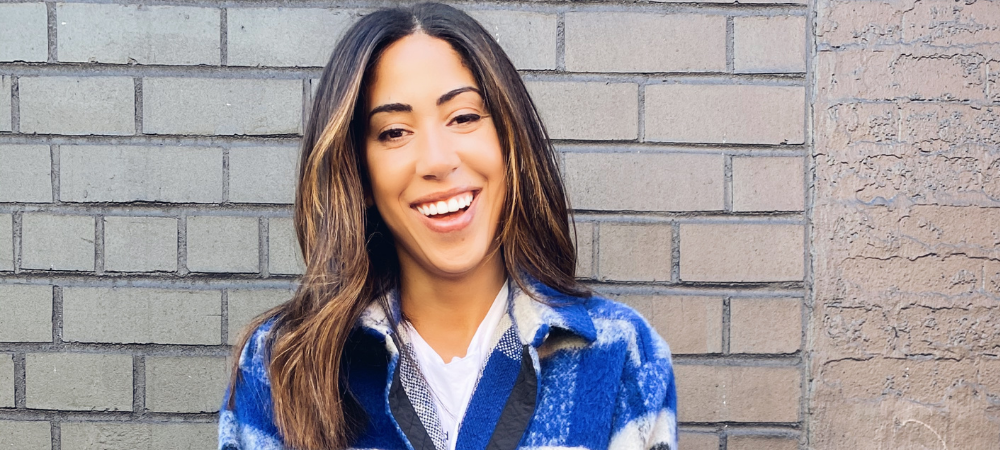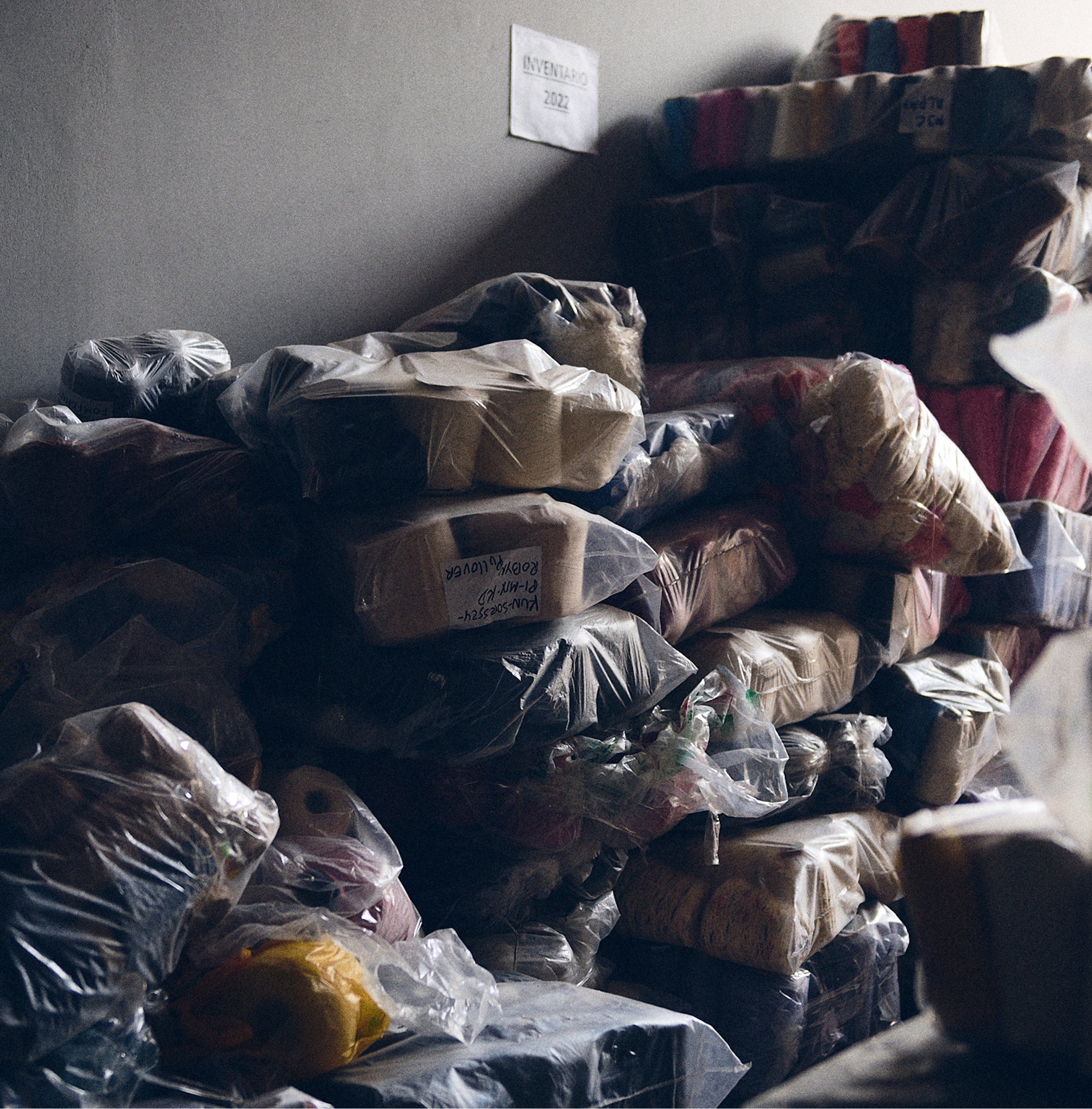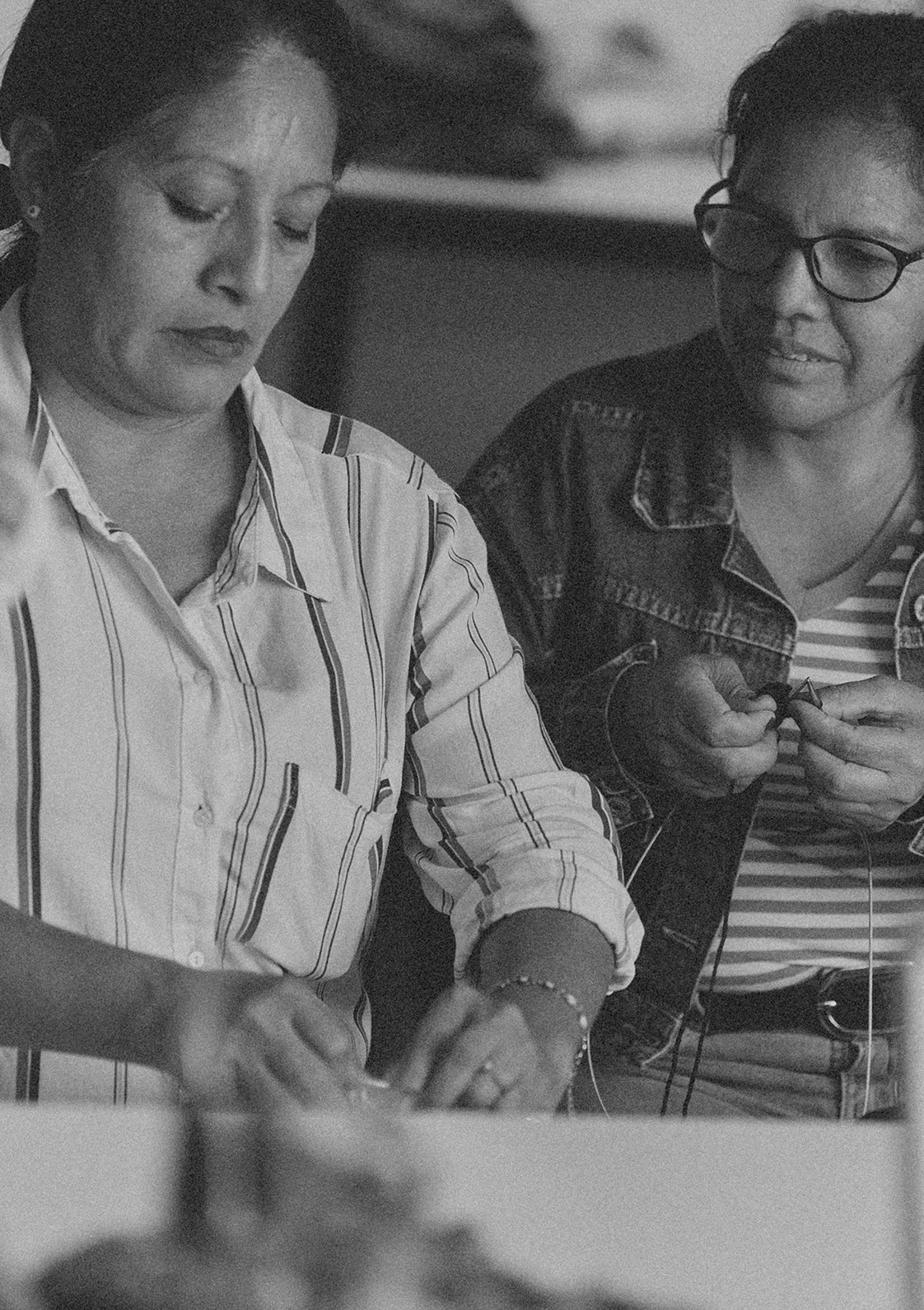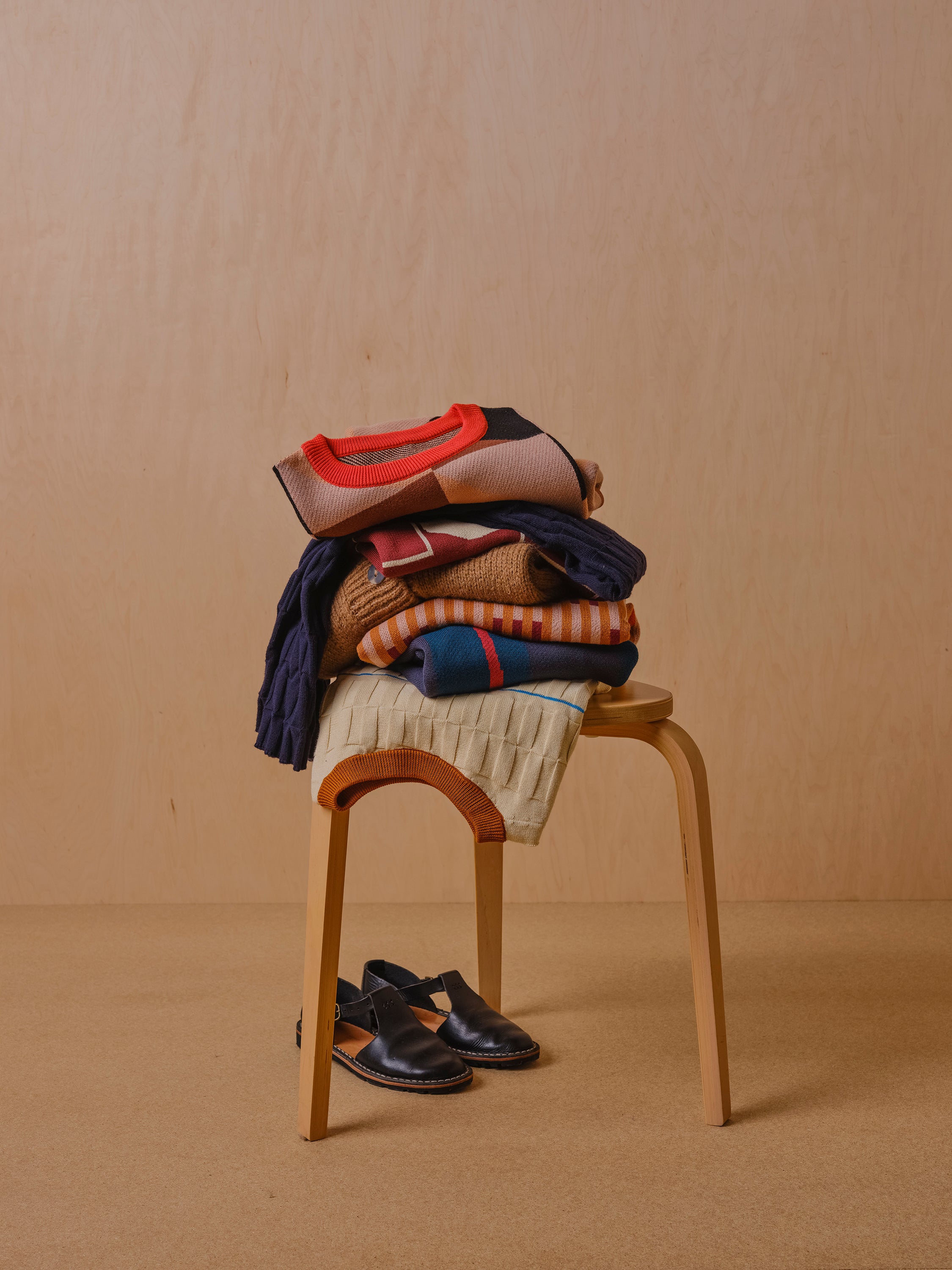Designed in Sydney and inspired by the punk rock record covers, gig posters and old-school comics beloved by designer Kaylene Milner since she was a teenager, WAH-WAH Australia reimagines awesome music designs as wearable art. WAH-WAH collaborates with bands and artists both local and international, to create a marriage of the elements of pop culture that is bright, loud, and proudly tongue-in-cheek.

The seeds of WAH-WAH were first planted in high school when Milner saw a photo of Dinosaur Jr.'s J Mascis wearing a Deep Wound sweater his mother had knitted for him. The image stayed with her even as she worked on her first high-end label, Kaylene Milner. Despite the success and critical acclaim it garnered, Milner felt she wanted to do something different as a designer. Finally, after more than a decade, WAH-WAH Australia was born.
Working closely with local and offshore manufacturers to perfect the design process, WAH-WAH's jumpers are made in Australia and China using Australian wool. Milner is passionate about supporting the garment industry and ensuring fair work for fair pay.
When we randomly got in touch on Instagram, founder of WAH-WAH Australia Kaylene and Ellen from The Endery knew that a collab was in the cards. Both big music fans, The Endery had long been a fan of WAH-WAH’s epic punk rock inspired knits. Obscure Peruvian punk band Los Saicos felt like an excuse to spread the word about all things Peru: the sounds, fibers and of course, the incredible knitters.
Tell us about yourself and the magical world of Wah-Wah Australia.
My name is Kaylene and I live and work from my home in Sydney, Australia. I started WAH-WAH more as an experiment to see if I could legitimately create a brand based on making knitted jumpers in collaboration with the punk bands and illustrators that I loved. I had previously started my own namesake label but I had soon realized that producing seasonal collections was not a viable business model for me.
How did you learn to knit?
To be completely honest, my hand knitting skills are really basic, and haven’t really progressed since I was in primary school. I understand how to design knitwear though, both machine and hand-knits. Knitwear wasn’t something we learned in my three years studying fashion design, so I’m largely self-taught.
How did you discover Los Saicos?
I first came across Los Saicos in 2015 from a book I bought by Spanish illustrator Ricardo Cavolo called, “101 Artists to Listen to Before You Die”. Los Saicos were one of the few bands I was not familiar with so I immediately had to hear them. They were every bit as wild as Cavolo described!

101 Artists to Listen to Before You Die - Los Saicos illustration by Ricardo Cavolo
Tell us about why you wanted to explore working with deadstock and your experience of working with The Endery.
I’ve been a fan of The Endery for quite a while, and was so impressed with the energy and time that the brand had invested in making deadstock yarn a viable option for production.
Using leftover yarn is usually an approach reserved for hobbyist projects, so I was so impressed with the fact that The Endery have been able to scale that approach into a core value of the business model. It’s been a real honor to work with their skilled and dedicated team. There are so many supposedly “sustainable” brands out there—it was truly refreshing to meet a brand who are legitimately doing something to tackle the issue of waste.
Why do you think craft is important in today’s society?
Craft is all about connection. Physical connection to the materials being used, and emotional connection to the process and end-user. Machines are impressive, but they will never be able to truly replicate human craftsmanship...I hope.
Tell us something interesting about yourself that most people don’t know.
When I was a teenager I was employed as a classical trumpeter in an orchestra.
How do you feel wearing a handmade garment as opposed to something mass-produced?
From a design perspective, I have a deep appreciation for handmade techniques which can not be replicated by machines.
I love the feeling of wearing a handmade garment that you know you will keep and cherish forever, even if it means patching it, mending it, and seeing it change over time.
How did you develop such a unique visual style? Where do you get your inspiration from?
For WAH-WAH, most of my inspiration comes from album covers, gig posters, artists and illustrators that I love. I also really enjoy designing for other aesthetics though, which I get to do with my freelance work. It’s fun to be able to pretend to be an austere minimalist designer when designing for someone else, and then the next day go wild with color and take a more-is-more-is-more approach for my own brand.
Do you have any final tips for any budding female entrepreneurs or knitters?
I’m probably the worst person to give knitting advice, but for the budding female entrepreneurs, I’d encourage you to back your own ideas.
If you’re excited by what you’re creating, chances are there is an audience out there that will be equally excited.
It might take a little while to find that audience, but they’re out there!
Check out WAH-WAH x Los Saicos by The Endery—giving Los Saicos their rightful place on the knitwear map!
Read more

Follow along with Uma Murphy from Uma Knits to learn how to add a flower to your Garden Variety Halter Crop or other knits using your Deadstock Mending Kit. You'll need the included embroidery nee...

We're so thrilled to introduce our new wholesaler - MenoMieux! This week on the Fanzine, we're interviewing the founder, Brittany Walker. Brittany talks to us about how she first became interested ...








